
Locations Deeply Connectioned with the Region
Businesses that have originated in conjunction with local geographical conditions and are considered “established shops” are designated as “Business Establishments Deeply Connected to Regional Characteristics”.
Iryohin Gofuku-ten
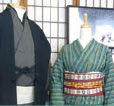
As a post-station on Nakasendo in the Edo period, and later with the opening of its train station, this area has prospered as a transportation hub, with its busy commuter traffic, active commodity distribution, and many clothing retailers.
| Photo | Name | Address | Tel | Website |
|---|---|---|---|---|
 |
Okiya | 1-12-19 Hommachinishi, Chuo Ward |
048-852-4469 | |
 |
Gofuku・Futomono Tanakaya Gofuku-ten | 1-21 Miyacho, Omiya Ward |
048-641-0440 |
Tatami
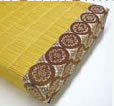
Tatami (weaved straw matting for floors) is an essential part of temples and shrines. Since the Edo period, it has also become widely used in common households, remaining an important element in Japanese life to this day.
| Photo | Name | Address | Tel | Website |
|---|---|---|---|---|
 |
Shimizu Seijo-ten Hasudaya | 3-12-14 Honcho, Iwatsuki Ward |
048-756-1568 | |
 |
Yoshino Tatami-honten | 3-22-15 Tokiwa, Urawa Ward |
048-831-7006 |
Enka(Hanabi)
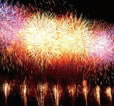
Fireworks are a summer tradition in Japan, and Saitama City holds a fireworks festival each year.
| Photo | Name | Address | Tel | Website |
|---|---|---|---|---|
 |
Orientaru Kako | 1-177 Takahanacho, Omiya Ward |
048-644-8611 |
Hata
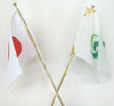
Flags have long been used as landmarks and to convey meaning through symbols. Though the designs and materials used may vary depending on the era, their form and purpose will never change.
| Photo | Name | Address | Tel | Website |
|---|---|---|---|---|
 |
Tsuji Hata-ten | 2-34 Nakacho, Omiya Ward |
048-641-0762 |
Hyogu
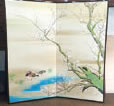
In post-stations, such as this town, there used to be many more restaurants and large households, as well as numerous temples and shrines. Thus there was a high demand for hyogu (door and screen mounting) services with constant orders for the manufacture and repair of sliding doors, folding screens, and hanging scrolls for their guest rooms.
| Photo | Name | Address | Tel | Website |
|---|---|---|---|---|
 |
Bunjudo Harada Hyogu-ten | 7-1-11 Kishicho, Urawa Ward |
048-822-6095 | |
 |
Mukasa Hyogu-ten | 3-7-6 Takasago, Urawa Ward |
048-822-4946 |
Tsukemono
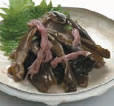
Traditionally, pickling has been one of the most common ways of preserving food in Japan. Narazuke is a famous type of pickle that goes well with eel.
| Photo | Name | Address | Tel | Website |
|---|---|---|---|---|
 |
Sosaku-tsukemono Kawamuraya Omiya-honten | 1125-6 Besshocho, Kita Ward |
048-667-6733 | |
 |
Sakai Jinshiro Shoten | 2-4-23 Nakacho, Urawa Ward |
048-822-2110 |
Sembei
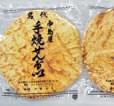
Sembei are crackers made from rice, typically seasoned with soy sauce or salt and have been enjoyed as a popular snack among Japanese people.
| Photo | Name | Address | Tel | Website |
|---|---|---|---|---|
 |
Nakajima Sembeiya | 1-18-24 Honcho, Iwatsuki Ward |
048-756-0725 |
Chaba-hanbai
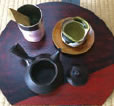
Green tea has spread among common people as a popular drink since the Edo period, and tea culture plays an important role in present-day life.
| Photo | Name | Address | Tel | Website |
|---|---|---|---|---|
 |
Aoyama Chaho | 4-25-12 Kishicho, Urawa Ward |
048-822-2953 |
Unagi, Kawauo-ryori
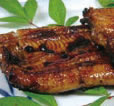
There used to be many eels and catfish living in the Minuma marshes, Arakawa River, and Moto-Arakawa River, and there were inns at post-stations that served the river fish to travelers.
Ryotei・Ryokan
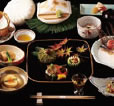
The food and hospitality of restaurants and inns of Japan was once the pinnacle of Japanese cultural expression. Even now, traditional restaurants and inns remain places where you can enjoy the most excellent hospitality.
Seisyu-seizo
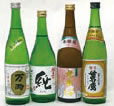
Saitama City is well-suited for sake-making due to its pure underground water fed from the Arakawa River and Tonegawa River systems as well as the active rice production of local farmers.
Wagashi
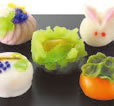
Wagashi are Japanese sweets made using traditional confectionary techniques. Some wagashi are local specialties, and each has its own unique characteristics.





























